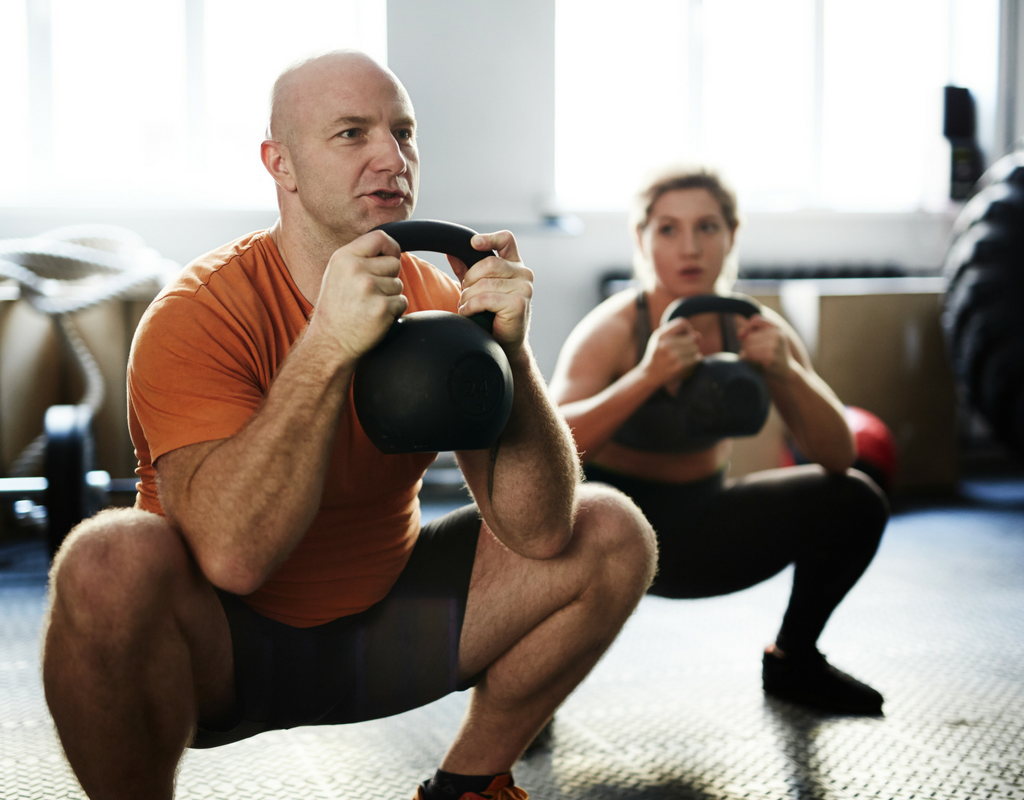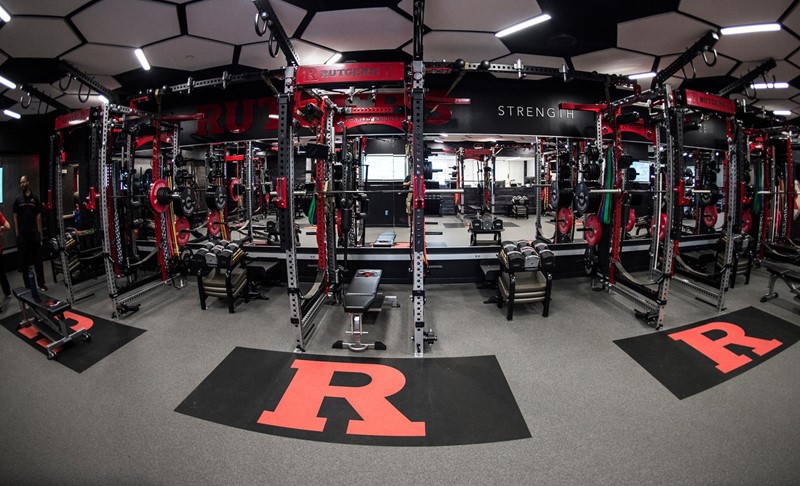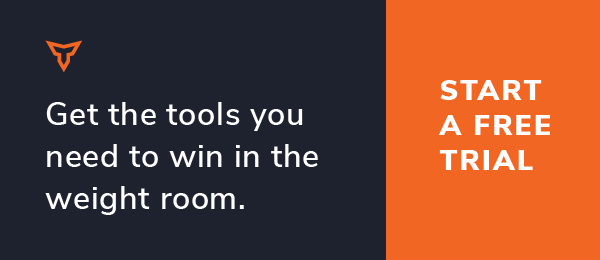The Best Squat Variations for Athletes with Back Issues
Depending on who you ask or which journal publishes the study, back pain may be the leading cause of discomfort in athletes and fitness enthusiasts worldwide. Besides shoulders and knees, there’s not even a body part that could be thrown in the same conversation.
Whether from lifting, playing contact sports, genetics or even just living a life full of bad postural habits, back pain is not a joke. As someone who has had a recurring spinal injury since I was a teen, I can say from firsthand experience that back pain (and all injuries) can be one of the most mentally and physically challenging setbacks anyone can go through in life, and even more when pursuing a training plan.
But spinal pain does not have to be debilitating like many health professionals often make it seem. Back pain absolutely has drawbacks and limitations, but there are many ways to overcome this pain and treat the root cause to eliminate the symptoms over time.
The key words here are… over time. Nothing happens overnight and especially not healing an injury or something causing you pain. During that time, there is no need to remain completely sedentary. It’s actually oftentimes advantageous to remain active during your treatment and healing process.
What better way to move than by performing one of the most foundational functional movements available? THE SQUAT. But, wait… how can you squat if you have back pain? That would just make it worse, right? Not so fast.
Ready to give our programming software a shot? Take a 14-day trial, no strings attached >>
The Real Problem
So, what’s the big issue here? The problem is that when people experience back pain they often blame movements they are currently doing in the gym. However, when they stop doing those things and move on, it often does not get better.
Now, not only is the person in constant pain, but they are also weak and out of shape. And that is a sucky combo, my friends.
The problem then becomes the reaction to the back pain, not the back pain itself. To find the solutions we have to look into past, present, and future to find a helpful way to stay active in the healing process. In this case, we are focusing on the squat – and how to apply it to your programming without experiencing pain.
The Solutions
Since we know the “problem” is back pain, let’s say the “outcome” is not being able to squat. That is, unfortunately, usually the road most people take. If you could still find a way to enjoy the benefits of squats in a pain-free manner, why would you not? Simply avoiding squats is not going to fix a back issue, by the way.
If you do not like strong legs, a tight core, top-notch conditioning and a chiseled body… well, then that’s fine… you can stop squatting if that is the case. If you still want all of that, there are ways of squatting with a bad back.
Before you move forward in the process, you need to identify as many of these things as possible:
- What symptoms are you experiencing?
- What is the root cause of your symptoms?
- Are there triggers or patterns that make the symptoms better?
- Are there triggers or patterns that make the symptoms worse?
I am not a doctor so I will not be able to assist with finding those answers. You need to get a professional medical opinion on your injury and use it to apply best practices to your rehab process. When you do find those answers and you are in need of viable squat options, below is a general guide on some of the different squat variations you may want to try.
For athletes with disc issues…
Generally speaking, you can avoid the pain and discomfort associated with a disc issue by choosing squat patterns that do not directly load the spine. Makes sense, right? If your back hurts, um, don’t put 400 pounds of iron on top of it.
Here are three levels of variations that I have had huge success with due to their front-loading of the squat. These will not only provide your legs with stimulation but these will supercharge your core, which can play a large role in your healing.
- Beginner: DB Goblet
- Advanced: Landmine Goblet
- Auxiliary: 2KB Front Squat
For athletes with back tightness / muscle spasms…
Athletes who suffer pain more closely related to muscle soreness, tightness or spasms will have a lot of success with these variations.
These are all unilateral, and we know single leg work can be very pivotal in optimizing strength and correcting imbalances. There’s also a hint of mobility required for each, which will hopefully help work around those tender areas while also creating a bit more movement capacity in your training.
- Beginner: TRX Single Leg Squat
- Advanced: Trap Bar Split Squat
- Auxiliary: Cossack Box Squat
For athletes with general medical restrictions…
Lastly, athletes with medical restrictions or just a generally lower level of experience can benefit from these choices. These are really focused on performing a great squat pattern under a low load. You can test the waters with these squats and progress up to more advanced exercises.
- Beginner: Plate Press / Counterbalance Squat
- Advanced: Overhead Band Squat
- Auxiliary: Third World Squat w/ Breathing
Wrapping It Up
Let’s remember that the squat is a movement pattern, not an exercise that requires a person to put a barbell on their back. These 9 examples are barely scratching the surface of what you can do to creatively squat pain-free.
In terms of training through pain, or around pain, it is very important to get at least one professional medical opinion on your situation. Working with a doctor, chiropractor, physical therapist or other pain specialists in conjunction with intelligent programming is a great combination to get you healthy.
The point I am trying to drive home here is that pain and injury both suck. But your injury, your MRI, your X-Ray, etc. do not define you and the way you train. There is always a way to train, even if it’s not at your normal level of intensity, volume or frequency – or your normal methods. I’m just hoping I can give you the tools you need to find a squat variation to use if you ever run into back pain with yourself or your athletes.
Subscribe to our blog
Subscribe to receive the latest blog posts to your inbox every week.
Related posts

Prevent & Preserve: A Guide to Low Back Training

Hyperthermia Benefits: Hypertrophy and Heat Acclimation

